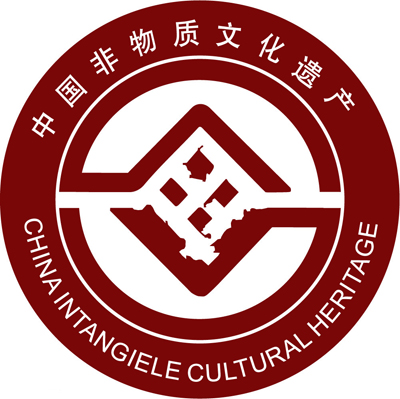 |
|
The logo of China Intangible Cultural Heritage [Photo/ihchina.cn]
|
The State Council recently announced the 4th batch of state-level intangible cultural heritage (ICH) representative projects, totaling 153 pieces, and state-level ICH extended projects, totaling 153 pieces. According to The Intangible Cultural Heritage Law of the People’s Republic of China, the term “the state-level ICH list” is to be replaced with “the state-level ICH representative projects list”. And so far, the national ICH representative projects total 1,372 items.
The application for the 4th batch of national ICH representative projects, organized by the Culture Ministry, started in 2013, with 1,111 applications coming from 31 provinces, autonomous regions and municipal cities. Applications also came from Xinjiang Production and Construction Corps, Hong Kong Special Administrative Region, Macao Special Administrative Region, and organs directly under the Authority of the CPC Central Committee. A group of experts examined the 1,111 items based on the review standards before the State-level ICH Representative Projects List Review Committee and carried out a strict selection and scientific identification of these applications. The list of state-level ICH representative projects was released in July 2013 and 298 projects were finally granted the title. Among these 298 projects, 151 are newly selected items and 147 are extended items (referring to those which have been listed as ICH before and used by other areas for application once again). As the first ICH representative projects selected after the enactment of The Intangible Cultural Heritage Law, the 4th batch of state-level ICH projects emphasizes traditional Chinese virtues and traditional agriculture practices and features a close connection with the daily life of the common people.
Among the 151 newly selected ICH representative projects, 30 pieces fall into the category of folk literature, including The Legend of Lugou Bridge, The Legend of Lao Tze, The Legend of the Three Kingdoms, The Legend of Cang Jie and the folk stories of Hui ethnic group. Fifteen pieces are traditional music, including Bimo music of the Yi ethnic group, the folk songs of the Salar ethnic group, the folk songs of the Xibe ethnic group, Modentsuur (the bowed string music of the Mongolian ethnic group) and Taub Shor music of the Mongolian ethnic group. Twenty pieces are traditional dances, including the Drum and Water Dance in Yunnan province, Tiger Dance in Henan province and the Bamboo Pole Dance in Jiangxi province.
Thirteen pieces are Chinese folk art forms, including Shulaibao (rhythmic storytelling to clapper accompaniment), Shandong flower drum, Hunan Yugu (an instrument made of bamboo), Guilin Yugu and Ningxia ballads. Fourteen pieces are traditional sports and acrobatics, including Wing Chun, Wuhan Acrobatics and Meishan Martial Arts. Twelve pieces are traditional arts, including Beijing embroidery, amber carving, Manchus language calligraphy and Mongolian calligraphy. Twenty-eight pieces are traditional skills, including the kimchi making skills of the Korean ethnic group, the tofu making skills of Anhui province, Dezhou braised chicken, karez (an irrigation system of wells connected by underground channel) digging skills of Xinjiang Autonomous Region and the dairy product making skills of the Inner Mongolia Autonomous Region. Thirteen pieces are folk customs, including costumes of the Yi ethnic group, costumes of the Dong ethnic group, Ongkor Festival in Tibet Autonomous Region and the Bian’e (horizontal inscribed board) customs of the Hakkas.
The State Council asked local authorities to take more measures on the protection and inheritance of ICH projects, in order to strengthen the recognition and Chinese culture, maintain ethnic unity and promote social harmony and sustainable development.
